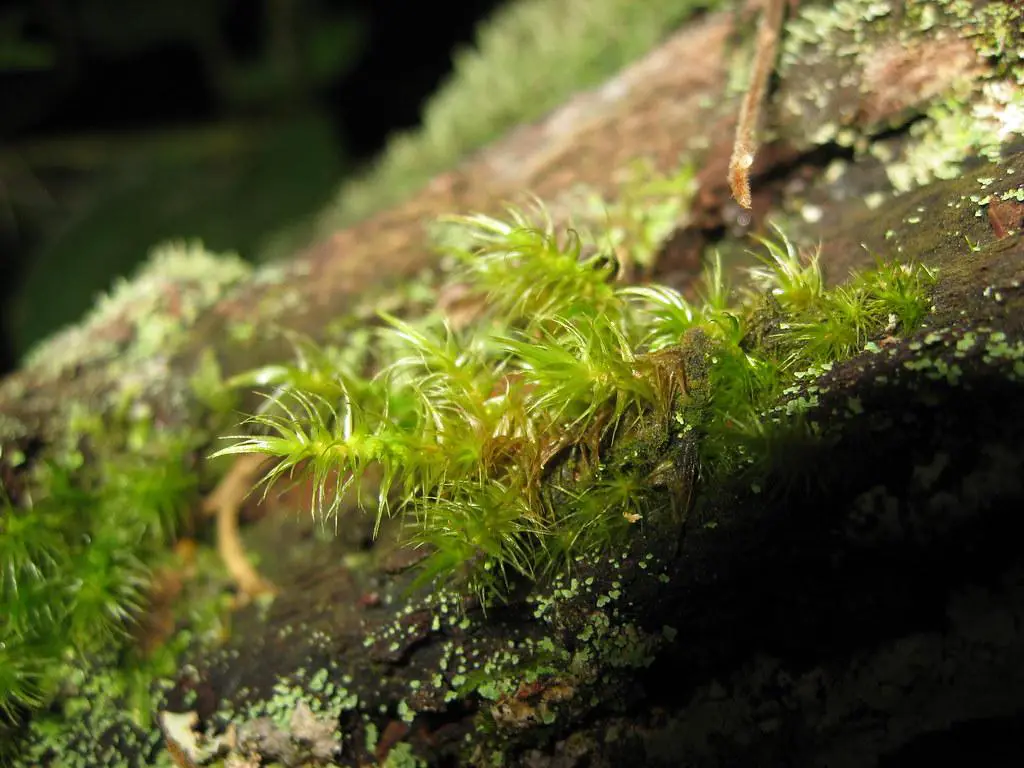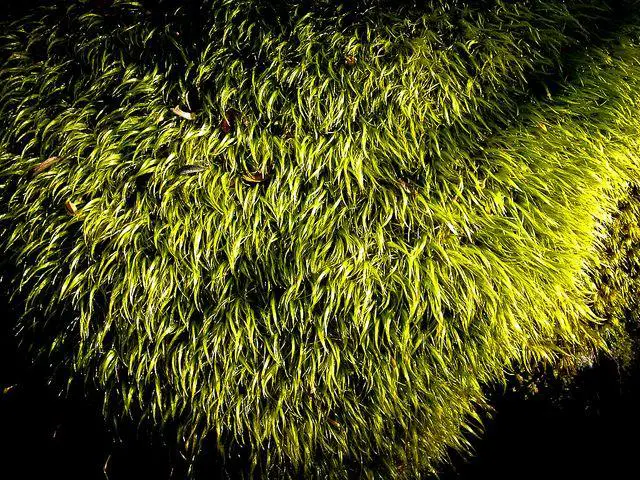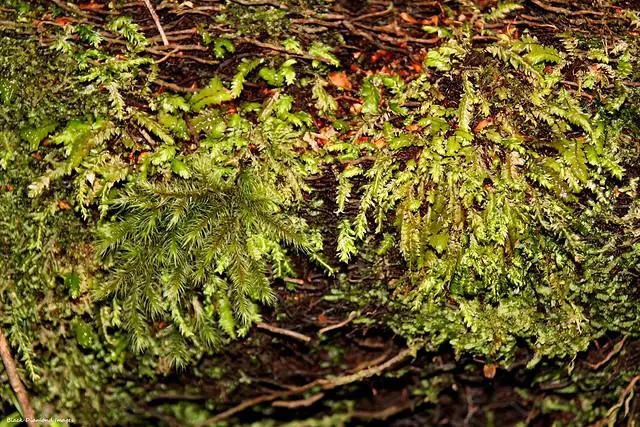Unveiling the Enigmatic World of Dicranoloma Australe: A Captivating Moss Species
Affiliate Disclaimer: As an affiliate, we may earn a small commission when you make a purchase from any of the links on this page at no additional cost to you!
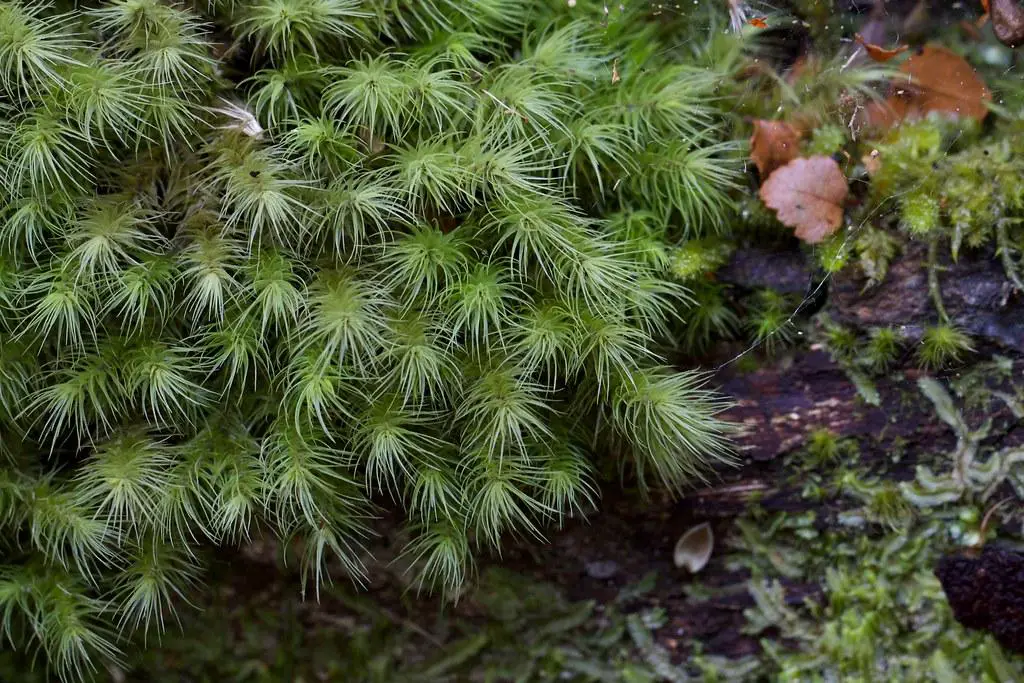
6948417527_4205634a0d_b.jpg from: https://www.flickr.com/photos/sunphlo/6948417527/
Discovering the Wonders of Dicranoloma australe: A Fascinating Moss Species
Introduction
Mosses may be small, but they play a big role in many ecosystems around the world. One particularly interesting moss species is Dicranoloma australe (Besch. ex Müll.Hal.) Paris
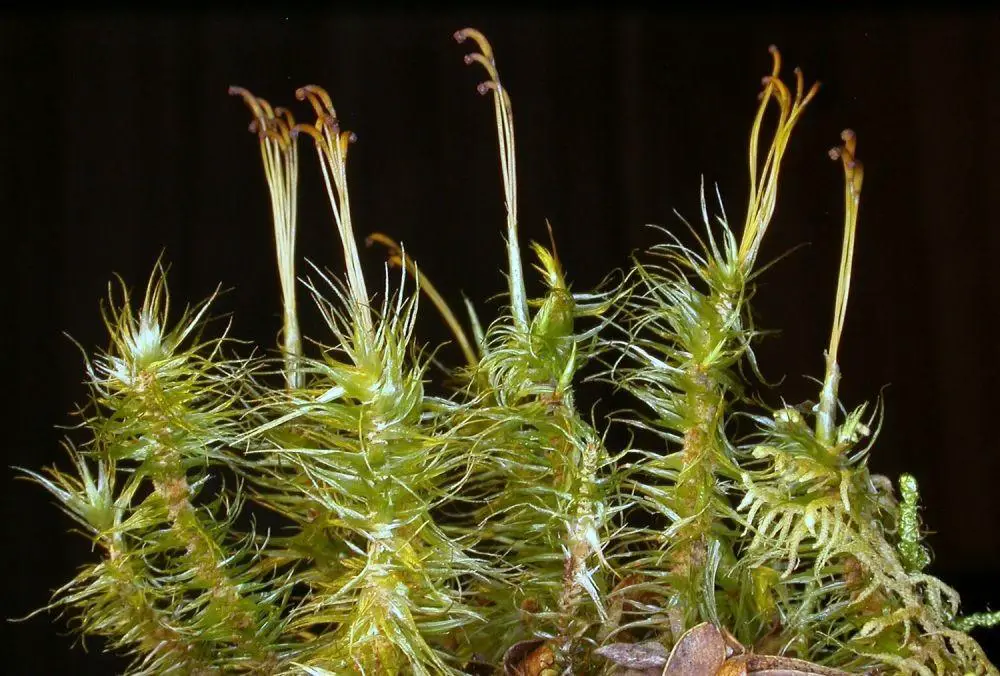
4174cfe8ddf5f20d7302c72cc3a7df4b.jpg from: https://www.pinterest.com/pin/409335053626938694/
, also known simply as Dicranoloma. This unique moss, part of the Dicranaceae family, has some fascinating characteristics that make it stand out. Let’s take a closer look at this marvelous little plant!
Background on Dicranoloma Moss
Dicranoloma australe is a species of moss classified under the Bryophyta division and Bryopsida class. The Dicranaceae family it belongs to contains around 50 genera of mosses found worldwide. Dicranoloma mosses tend to form dense mats or tufts on the ground, rocks, logs, or tree trunks in moist habitats.
Morphology and Identification
Identifying Dicranoloma australe requires looking closely at its physical features:
- Leaves are lanceolate
5623900184_1170d7d5c5_b.jpg from: https://www.flickr.com/photos/imbala/5623900184/
(lance-shaped) and often falcate (sickle-shaped), curving to one side
- Leaf margins are usually
9dd3ad2249cd20168478286e053cb1e1.jpg from: https://www.pinterest.com/pin/moss-dicranoloma-robustum–50032245830323330/
serrated and the leaf tip is acute
- Costa (midrib) is strong, extending to the leaf apex
- Laminal cells are elongated and thick-walled
- Seta
19730729999_42b9ba96f9_z.jpg from: https://www.flickriver.com/photos/blackdiamondimages/19730729999/
(stalk bearing the capsule) is smooth and reddish-brown
- Capsules are cylindrical and inclined to horizontal
Global Distribution and Habitat
Dicranoloma australe has a wide distribution, found in:
- Australia
- New Zealand
- Some Pacific islands
- Parts of South America
This moss thrives in cool, damp environments such as:
- Temperate rainforests
- Wet sclerophyll forests
- Shaded gullies and stream banks
- Rotting logs and humus
Ecological Roles and Adaptations
Like other mosses, Dicranoloma plays important ecological roles:
- Helps retain moisture in the ecosystem
- Provides shelter and habitat for micro-organisms
- Assists in nutrient cycling and soil formation
- Colonizes disturbed sites, aiding succession
Dicranoloma has adaptations that allow it to thrive:
- Thick, water-storing cell walls to prevent desiccation
- Rhizoids that anchor it to substrates
- Spores dispersed by wind for reproduction
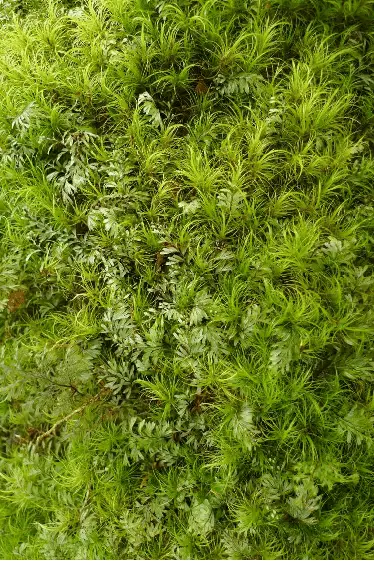
Hymenophyllum-peltatum-Plants-growing-amongst-the-moss-Dicranoloma.png from: https://www.researchgate.net/figure/Hymenophyllum-peltatum-Plants-growing-amongst-the-moss-Dicranoloma_fig85_312030823
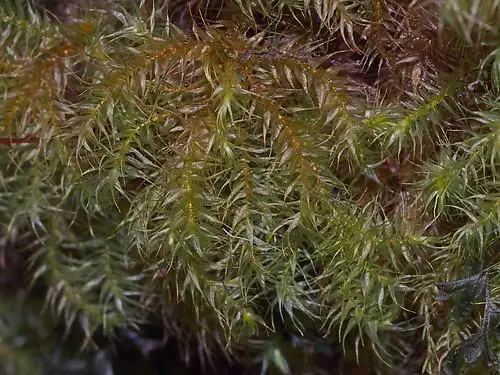
52667927691_9eeb74fd4e.jpg from: https://www.flickr.com/photos/137952365@N03/52667927691/
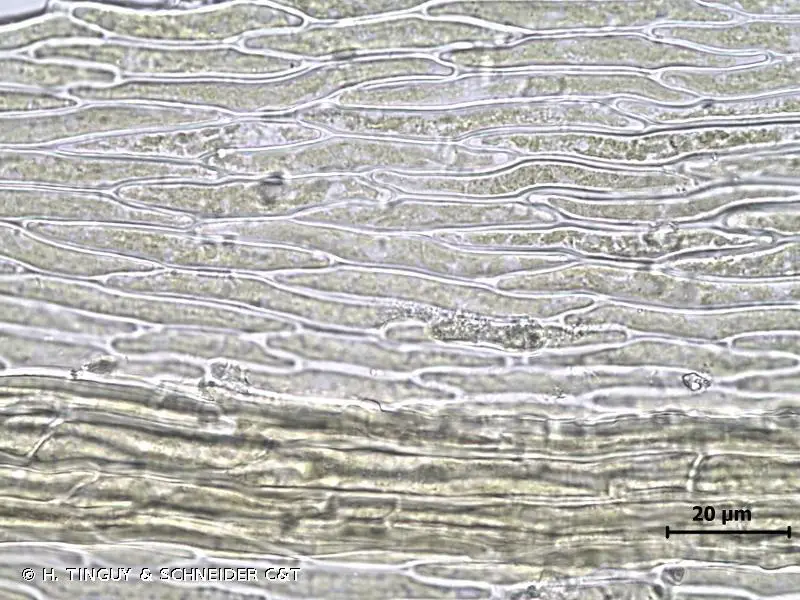
397507.jpg from: https://inpn.mnhn.fr/espece/cd_nom/5455?lg=en
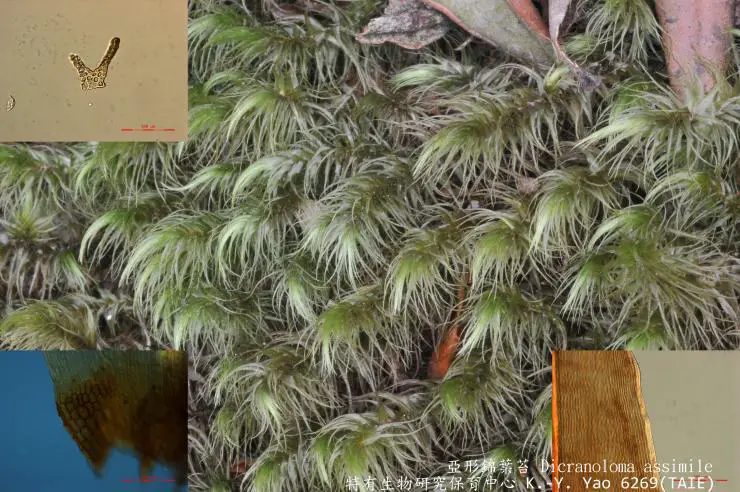
5a842260733cd3ca7a3cf63cbb1d1141.jpg from: https://openmuseum.tw/muse/digi_object/1819fc33b9c7c1ef334a81c309b3281e
| Characteristic | Description |
|---|---|
| Division | Bryophyta |
| Class | Bryopsida |
| Family | Dicranaceae |
| Genus | Dicranoloma |
| Species | D. australe |
Leaf shape
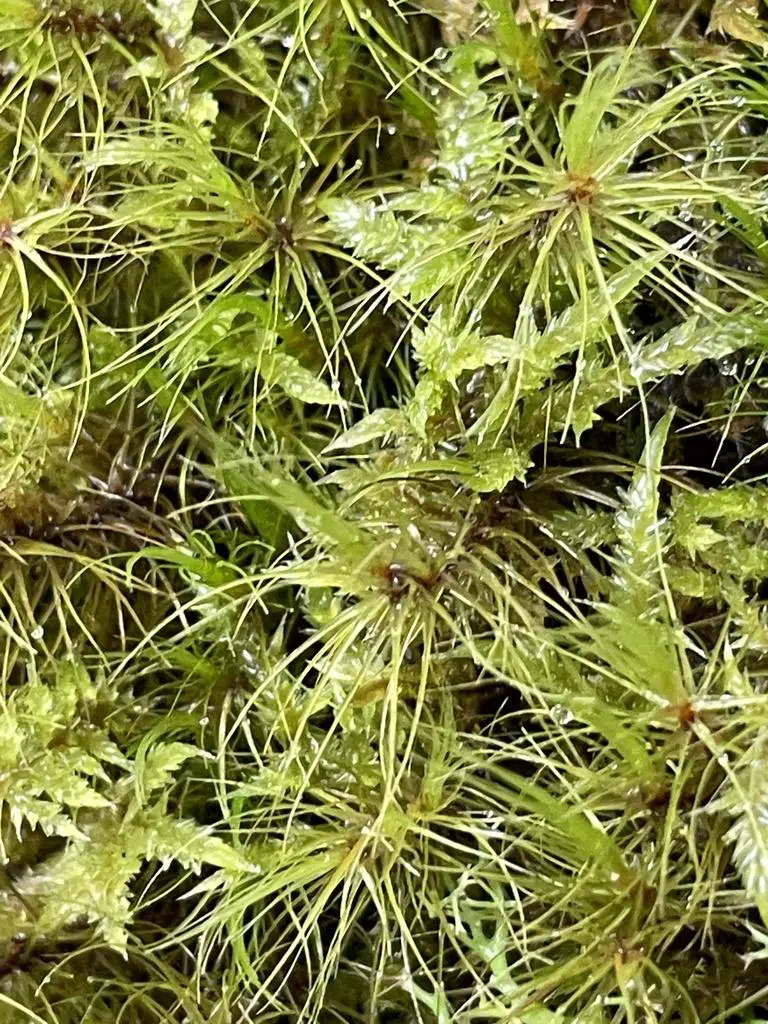 large.jpg from: https://www.inaturalist.org/observations/136542274 |
Lanceolate, falcate |
| Leaf margin | Serrated |
| Costa | Strong, percurrent |
| Habitat | Cool, damp forests |
| Substrate | Soil, logs, rocks |
Conclusion
Dicranoloma australe is a prime example of how even the tiniest organisms can have outsized ecological importance. From its distinctive curved leaves to its role in moisture retention and microhabitat provision, this mighty moss proves that size isn’t everything in nature. Next time you’re out in a damp forest, keep your eyes peeled for a patch of Dicranoloma – you may just spot one of these small but significant species! What other mini marvels of the plant kingdom have captured your fascination?

